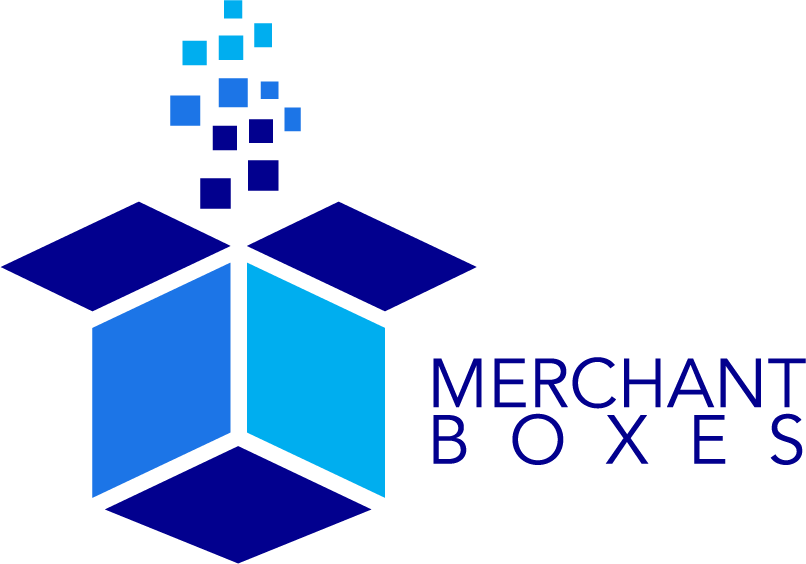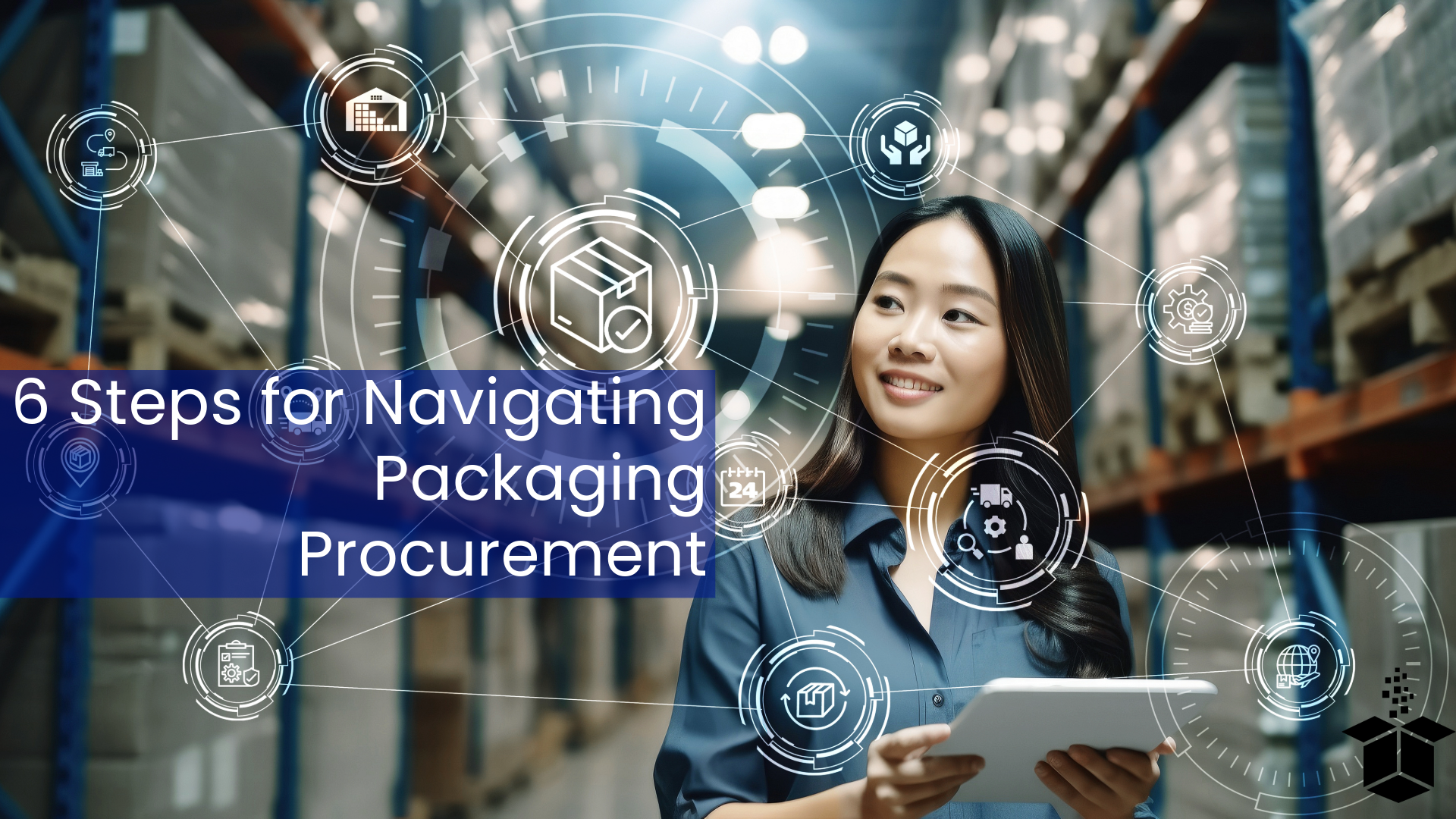6 Steps for Navigating Packaging Procurement
Packaging procurement stands as a crucial pillar in business, supporting the success of countless products. It's not about just enclosing a product; it's a strategic effort that can significantly impact brand perception, consumer experience, and ultimately, the bottom line. In this blog post, we dive into the intricacies and inner workings of packaging procurement, exploring why it matters and how to navigate this essential process effectively.
The Importance of Packaging Procurement
First things first, why is packaging procurement so important?
Packaging is the first tangible interaction consumers have with a product. It's the initial impression, the silent messenger of brand identity, quality, and values. Effective packaging not only protects the product but also communicates its core, influencing purchasing decisions and fostering brand loyalty.
So, in a market where consumers have hundreds of products to choose from and where sustainability and environmental consciousness are at the forefront of consumer concerns, packaging procurement takes on added significance. Finding eco-friendly materials and sustainable practices isn't just a trend; it's a necessity for brands looking to align with consumer values and reduce their environmental footprint.
In addition to the added value in terms of customer experience, efficient packaging procurement can streamline operations, minimize costs, and enhance supply chain resilience. From selecting the right materials to optimizing logistics, each decision in the procurement process can have far-reaching implications for both the brand and the environment.
The six steps listed below outline the basic steps one should take when procuring their packaging:
1. Define Your Objectives
2. Research and Collaboration
3. Consider Sustainability
4. Ensure High Quality
5. Optimize Logistics
6. Stay Flexible and Adaptive
Navigating the Packaging Procurement Process
1. Define Your Objectives:
Before diving into packaging procurement, it's crucial to establish clear objectives. What is the most important thing to your business? Are you aiming for cost efficiency, environmental sustainability, or aesthetic appeal? Understanding your priorities from the get-go will guide decision-making throughout the process.
2. Research and Collaboration:
Engage with packaging suppliers early in the product development phase. Collaborate closely to explore material options, design considerations, and customization possibilities. A transparent and communicative relationship with suppliers can yield innovative solutions tailored to your specific needs.
If you already have packaging for your brand and are looking for new packaging suppliers or are just looking for alternative options, remember to remain communicative with suppliers. Make sure you discuss any ideas you may have and what your ultimate goal is.
3. Sustainability Considerations:
Sustainable packaging isn't just about using recyclable materials; it encompasses the entire lifecycle of the product, from sourcing to disposal. Look for suppliers committed to eco-friendly practices, such as using renewable materials, reducing waste, and minimizing carbon emissions.
Check out our blog on Sustainable Packaging Practices if you want to learn more.
4. Quality Assurance:
While cost-effectiveness is important, never compromise on quality. Poorly designed or substandard packaging can tarnish a brand's reputation and lead to costly recalls. Conduct thorough quality assessments and consider factors like durability, compatibility with the product, and ease of use. There will be times when quality packaging will cost a bit more, but if you are committed to providing high-quality experiences for your customers, this is an investment you should partake in.
5. Optimize Logistics:
Efficient packaging procurement goes beyond selecting materials; it involves optimizing logistics to minimize waste and streamline distribution. Consider factors such as packaging size, weight, and ability to be stacked to maximize space utilization and reduce transportation costs.
6. Stay Flexible and Adaptive:
The packaging landscape is constantly evolving, driven by technological advancements, consumer preferences, and regulatory changes. Stay informed about industry trends and be prepared to adapt your packaging strategies accordingly.
Connected packaging has become a widespread trend in the packaging space, but few seem to be taking advantage of it. Adding QR codes to your packaging linking to your brand’s website, blog posts, recipes, and other useful information could set you apart from the competition.
Conclusion
Packaging procurement is a multifaceted endeavor that requires careful planning, collaboration, and a commitment to sustainability and quality. By prioritizing these factors and engaging with trusted suppliers, brands can create packaging solutions that not only protect their products but also resonate with consumers and contribute to a more sustainable future. Merchant Boxes has a wide range of trusted suppliers to help you find the perfect packaging for your brand. We are not a manufacturer ourselves, but we have years of combined experience in procuring packaging from trusted sources that make your packaging supply chain effective and efficient.





